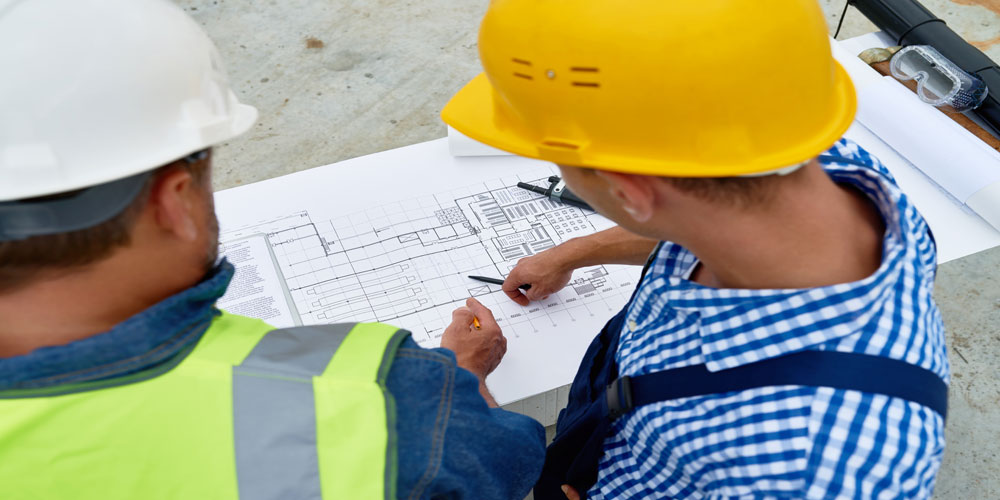
Understanding Air Pressure Testing in the Property Sector
Understanding Air Pressure Testing in the Property Sector
The property sector is a dynamic and ever-evolving industry that constantly seeks innovation and technology-driven solutions to improve the quality of construction and reduce energy consumption.
One such innovation that has gained prominence in recent years is air pressure testing. This technique, also known as air infiltration testing or blower door testing, has become a game-changer for the property sector, helping to enhance building performance, energy efficiency, and overall sustainability.
What is Air Pressure Testing?
Air pressure testing is a diagnostic tool used to assess the air tightness of buildings. It involves the use of specialised equipment, such as a blower door, which is essentially a powerful fan that is temporarily installed in an exterior door frame. By manipulating air pressure inside the building, this test helps identify areas of air leakage and drafts, pinpointing weaknesses in the building envelope.
Why is Air Pressure Testing Important in the Property Sector?
Energy Efficiency: In an era of increasing energy costs and environmental concerns, property developers and owners are increasingly focused on constructing energy-efficient buildings. Air pressure testing helps identify areas of energy loss through leaks and gaps, enabling targeted improvements to enhance insulation and reduce heating and cooling costs.
Regulatory Compliance: Many regions have established strict building codes and standards to promote energy efficiency and sustainability. Air pressure testing is often a mandatory requirement to demonstrate compliance with these regulations. Failing the test may result in delays and costly modifications, making it crucial for property developers to get it right the first time.
Improved Indoor Air Quality: Properly sealed buildings not only save energy but also provide better indoor air quality. Air pressure testing helps reduce the infiltration of outdoor pollutants and allergens, creating a healthier and more comfortable living or working environment for occupants.
Cost Savings: Identifying and addressing air leaks early in the construction process can lead to substantial cost savings over the life of the building. Reduced energy consumption, fewer maintenance issues, and extended equipment life all contribute to the long-term financial benefits of air pressure testing.
Sustainable Practices: As sustainability becomes a central focus in the property sector, air pressure testing aligns with the industry’s green goals. It aids in minimising a building’s carbon footprint by ensuring it operates efficiently and uses energy more responsibly.
Challenges and Considerations:
While air pressure testing offers numerous benefits, it’s essential to consider some challenges:
Expertise: Proper testing and interpretation of results require specialised knowledge and equipment. Property developers should collaborate with experienced professionals to ensure accurate assessments.
Integration: Incorporating air pressure testing into the construction process demands careful planning. Coordination with other construction activities is critical to avoid delays.
Cost: While air pressure testing can lead to long-term savings, there are upfront costs associated with equipment rental and testing services. However, these costs are often outweighed by the benefits in terms of energy savings and compliance.
Air pressure testing has emerged as a vital tool in the property sector, helping developers, builders, and owners improve energy efficiency, meet regulatory standards, and create more sustainable buildings. By focusing on building envelope integrity and identifying air leaks, the property sector can reduce energy consumption, lower operational costs, and contribute to a greener and healthier future.
Embracing air pressure testing is not just a choice; it’s a strategic move towards a more efficient and sustainable property sector.